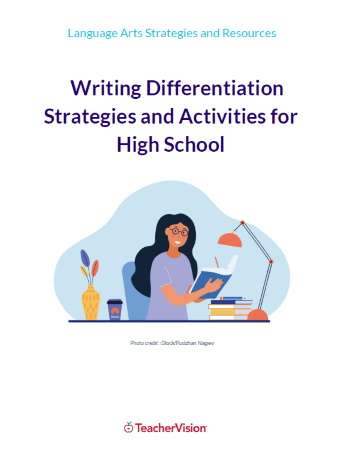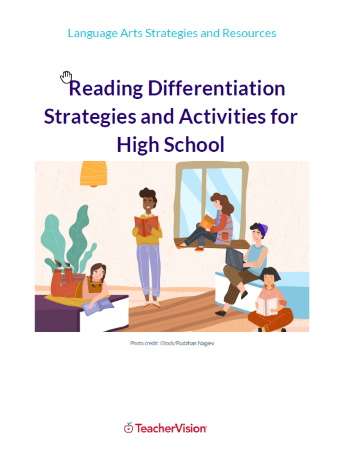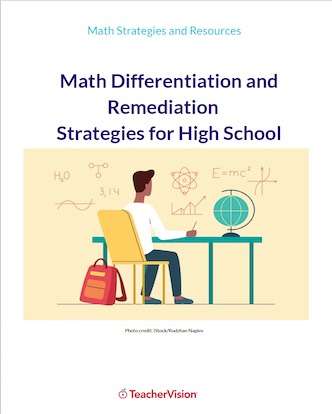Increasing Meaningful Access Through Comprehensible Input
Providing curriculum access does not absolve districts of their responsibility to teach students how to read and develop other core academic abilities and skills in areas such as mathematics, writing, and the use of technology. This means that below-grade material can be used if doing so better assists students in learning a core academic objective.
For example, with the objective of focusing on character clues in literature, it is not necessary for all English-language learners with learning difficulties in grade six to use a novel that is used for native-English-speaking sixth graders. The novel could be a good piece of literature at a fourth-grade readability level and one that teaches the same analytical skills related to identification of character clues. (It could also be a novel written in the student's native language.)
The crucial point is that it is essential to teach all students, including English-language learners with learning difficulties, how to read and understand what they read. Although not all of an English-language learner's time has to be spent on grade-level material, access to the key grade-level concepts in the curriculum is essential.
A potentially useful approach for increasing access to the general curriculum is the use of cooperative learning strategies and peer tutoring. In these contexts, English-language learners with learning difficulties can work in small groups on important learning objectives. In a sense, students can "pool" their language skills to describe concepts, define words, and provide examples to each other.
Similarly, having a tutor who speaks the child's native language explain key concepts and clarify any difficult points can increase an English-language learner's access to important content-area information. This tutor can be a paid paraprofessional, a parent volunteer, a community member, or an older student.
It is important to note that instructional options that include tutors and paraprofessionals should not replace teacher-student interactions and instruction.Inexperienced teachers frequently turn over the bulk of instructional responsibilities to others and provide insufficient monitoring of the learning that takes place.
It is always the classroom teacher's responsibility to ensure that high-quality instruction is provided to English-language learners, and that they are learning appropriate curriculum objectives.
Excerpted from Teaching English-Language Learners with Learning Difficulties
More resources on Teaching English-Language Learners with Learning Difficulties









